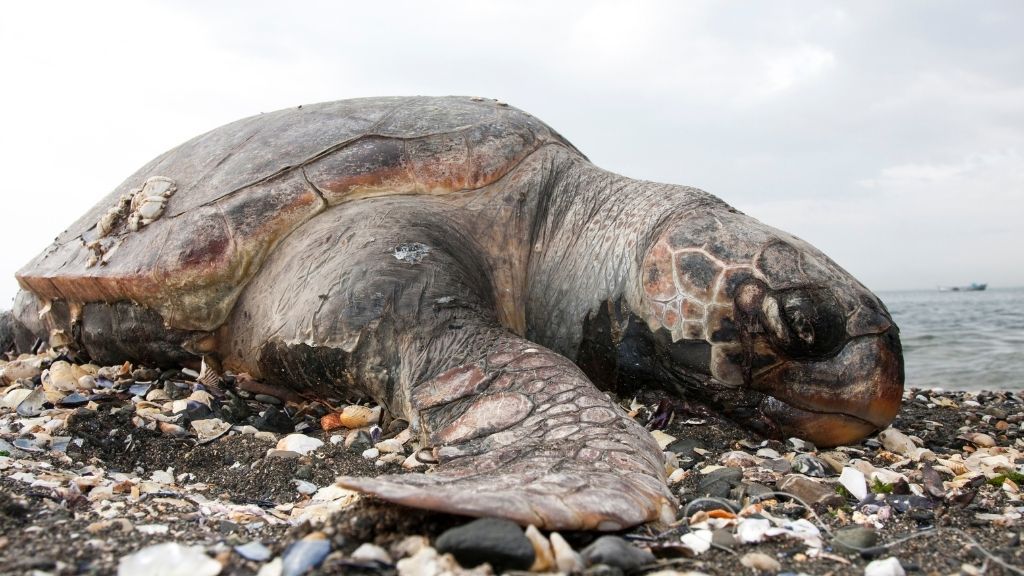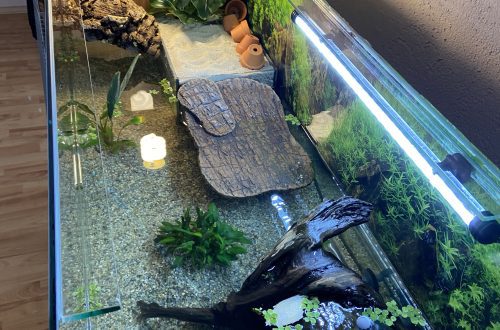
Criteria for determining the death of a turtle
Without going into details, we can say that turtles die from: 1. congenital disease, poor immunity (such people die in nature in the first month of life) – 10% 2. from improper transportation, transportation, storage in a store – 48% (any turtles are transported in crowded conditions, and half or most of such live cargo dies. And it doesn’t matter whether it is smuggling or an official shipment. Only expensive and legal animals are carefully transported). 3. from improper keeping at home – 40% (those turtles that survive to be sold often find themselves in such conditions that “it would be better if they died in childhood” than suffered in dirty aquariums or on the floor under the battery). 4. from old age – 2% (such units)
 During transportation, turtles often become infected and die from pneumonia (pneumonia), stomatitis. And at home on the floor or in an aquarium – from kidney failure (often in land animals), intestinal obstruction, pneumonia, problems with internal organs. Moreover, by the time of death, turtles often have a whole range of diseases – from beriberi and rickets to gout in land turtles.
During transportation, turtles often become infected and die from pneumonia (pneumonia), stomatitis. And at home on the floor or in an aquarium – from kidney failure (often in land animals), intestinal obstruction, pneumonia, problems with internal organs. Moreover, by the time of death, turtles often have a whole range of diseases – from beriberi and rickets to gout in land turtles.
What should be done so that the turtle does not die:
1. Buy a turtle only in the warm season, when it is more than 20 C outside. And only in pet stores, and not from hands or in the market. It is better, of course, to take abandoned turtles. 2. Keep in the right conditions initially, i.e. in an aquarium / terrarium with the necessary equipment, lamps. 3. Feed a variety of foods, with the addition of vitamins and calcium. 4. In case of illness, immediately contact the veterinarians. If you are in a distant city, then at least through the Internet to veterinarians or reptile specialists. 5. If you have just bought or adopted a turtle, it is also better to see a herpetologist veterinarian.
Ways to determine whether a turtle is alive or not. It is better to wait just in case 1-2 days to be sure.
Absence of a heartbeat as determined by ECG or pulse oximetry. – lack of respiratory movements with a closed laryngeal fissure. – the absence of reflexes, including the reflex of the cornea. – rigor mortis (after retracting the lower jaw, the mouth remains open). – gray or cyanotic hue of the mucous membranes. – sunken eyes. – signs of cadaveric decomposition. – lack of reflexes after heating (if the turtle is cold).





